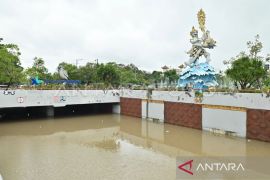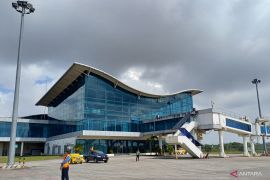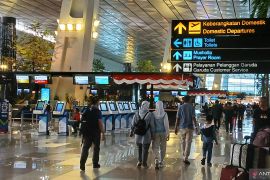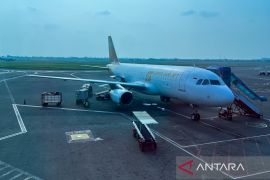In addition, the airport operation company PT Angkasa Pura-I designed the NYIA to remain physically strong and solid, in spite of being hit by a four-meter-high tsunami.
"The New Yogyakarta International Airport, with its green building terminal, is designed to withstand a powerful earthquake and tsunami," Angkasa Pura-I Project Development Manager Taochid Purnama Hadi remarked here on Friday.
He said the airport`s runway, with a height of four meters above sea level, is located 400 meters from the shoreline, and the terminal is one kilometer from the runway, so there is a time lag for rescue if there is the worst-case scenario of an earthquake or tsunami.
"We have discussed at length about the disaster risk with experts and academics in related fields from Japan to simulate earthquakes and tsunamis at the new airport. We also consulted with the central Meteorology and Geophysics Agency (BMKG) about potential tsunami threats and their characteristics," Purnama noted.
According to Purnama, a crisis center building was also built in the airport area to function as a temporary evacuation site for people at the airport and residents around it. The construction is in the form of a building supported by high pillars and equipped with ram on the entry access.
The building measures an area of some four thousand square meters and can accommodate up to a thousand people. When an earthquake occurs and a tsunami alert alarm goes on, the doors next to the building will open, so that people can immediately access it without having to run too far to the evacuation site.
The terminal`s second floor, which is six meters high from the ground floor, is conceptualized as a temporary evacuation site for passengers and the airport community.
Hence, when a tsunami occurs, prospective passengers at the airport do not need to panic but will be immediately directed to secure themselves on the second floor.
Reporting by Sutarmi
Editing by Otniel Tamindael
Reporter: Anatara
Editor: Andi Abdussalam
Copyright © ANTARA 2018












